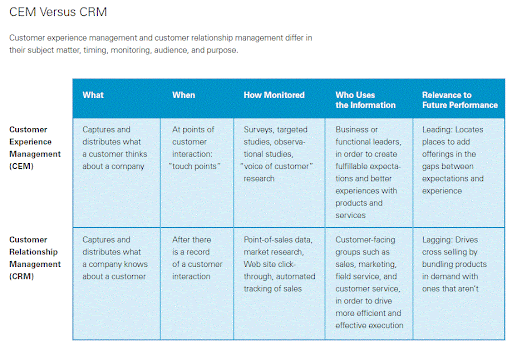The Cost of Managing the Customer Experience
Understanding The Costs of an End-to-End Journey
Let’s start with a question. Would you like to be known for having a best-in-class customer service experience? For any organisation worth their salt, the answer will be a resounding yes. This is usually followed by “that’s all well and good, but will it be expensive to implement?”. That’s an important question to ask when any significant shift to a new system, process or innovative approach usually comes with a sunken cost. But what is the hidden cost of continuing with an archaic, underperforming customer service experience that continues to miss opportunities across the entire customer experience journey to delight audiences and build brand loyalty? More importantly, do you know how much these costs are?
The Currency of Happiness
For many organisations investment was made in a system in the dim and distant past and things tick along day to day, seemingly ok. Costs are consistent (broadly defined as wages, maintenance and limited training) and scaling up and down is predictable and reactive.
Great! What’s The Problem?
Typically, the customer service team is trained to a specific autonomy point where they are skilled enough to handle most of the familiar questions, but training investment in going beyond a script or set of parameters is deemed unnecessary. Likewise, reliance on an old system that forces customers into a call centre scenario may result in them sitting in long waiting queues, or being transferred between operators to solve their problem. What is perceived to be a net saving rather than move to better systems, technology and training is actually having the reverse effect. The opportunity to build exceptional customer service experiences that enhance the value to the customer is missed and a lack of customer retention is often the result. The shift in mindset needs to be one from pure monetary costs to that of value. When we evaluate the end-to-end costs of a customer journey, the happiness that good customer service brings for both our audience AND our suppliers and internal team brings a significant amount of extra value and opportunity. As Don Peppers, founding partner of Peppers & Rogers Group says:
It’s not just the out-of-pocket costs that corporate leaders need to consider, but also the opportunity cost of not providing an outstanding customer experience. Every time management thinks they’re saving money by reducing customer service, they’re actually losing customers who can’t be replaced. It’s money that can never be made up because those customers are gone for good—and there are a finite number of customers.
CRM vs. CEM
Gartner predicted that brands who can improve the customer journey see revenues increase as much as 10 to 15 per cent, while also lowering the cost to serve 15 to 20 per cent. There’s much more to it than that though. Shifting the mindset from cost (“dry data”) to value (“engagement data”) is at the very heart of understanding how a leading customer experience should be measured. The Havard Business Review looked at the difference between CRM (Customer Relationship Management) and CEM (Customer Engagement Management) when it comes to understanding your customers. CRM tracks customer actions after the fact; CEM (customer experience management) captures the immediate response of the customer to its encounters with the company.

Understanding a customers’ subjective thoughts about your company proactively, as they happen across the end-to-end journey creates opportunities for added value. Whilst the cost of implementing a new system, upskilling a call centre operative or adding a form of Artificial Intelligence (AI) that can deal with the low hanging fruit might initially seem high, these costs are dwarfed over the mid to long term from the opportunities created. Let’s look at a part of the end-to-end journey to understand this concept better…
Situation: Customer has a simple problem they need to solve
The traditional call centre using CRM
- STAFF are trained only to answer repetitive questions
- AI is non-existent
- CUSTOMER spends time in one channel, often on hold or switched between reps before they can solve the problem
- SYSTEM is functional but often slow and not meeting the needs of modern consumer
- TIME is wasted
- HAPPINESS is low
- CUSTOMER INSIGHT is minimal, slow and affects little change
- COSTS deemed to be manageable and consistent, but in reality, the opportunities missed are extremely damaging and costly.
The end-to-end customer experience using CEM
- STAFF are upskilled to respond to more complex interactions
- AI quickly and effectively solves repetitive queries
- CUSTOMER as multiple ways to connect with organisation resulting in quicker and more valuable experiences
- SYSTEM is fully integrated across the organisation and provides fast, up to date service
- TIME is saved
- HAPPINESS is high
- CUSTOMER INSIGHT is instant, highly relevant and immediately available to the whole organisation
- COSTS – The initial investment needed is significant, but creates a myriad of value, opportunity and customer satisfaction that retains staff, audience and builds brand loyalty deemed to be manageable and consistent, but in reality, the opportunities missed are extremely damaging and costly.
Summary
Changing an organisational mindset from focussing on the cost spent to the value created is one of the most important differentiators that drive the concept of end-to-end customer experience. Consider the cost of implementation, new technology and training as a necessary investment that creates much higher returns over time than the initial outlay.